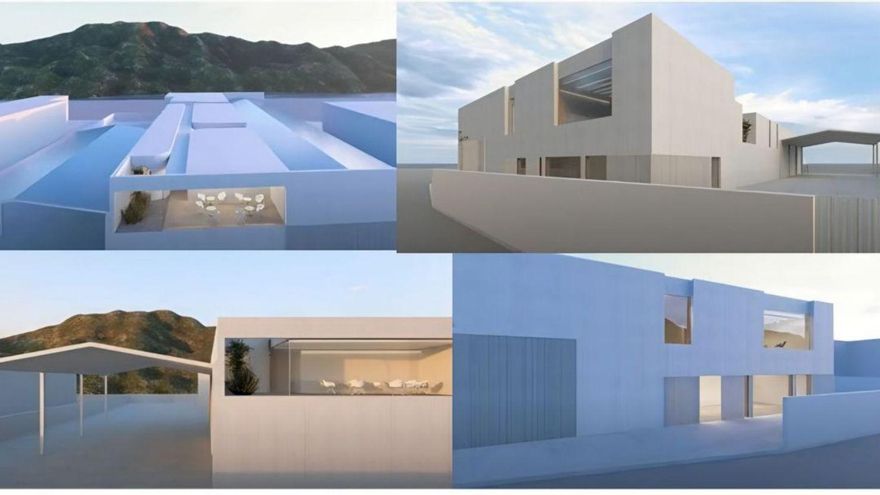
Fireworks
Establishing the exact moment when the tradition of setting off fireworks began to celebrate the festivities of the Holy Christ is challenging. According to Father Quirós, the “luminaries,” dances, and entertainments have been part of the Christ celebrations since 1608. Núñez de la Peña suggests that the fireworks date back even earlier than the establishment of the Venerable Brotherhood, although he does not provide a specific date.
By 1656, we know that municipal contributions were solely allocated to religious services, while the secular celebrations were financed by the “provider” of the festival—typically a wealthy island resident invited by the Franciscan monks to organise and fund the event. On 2nd March 1656, it was decreed that the festivities would be managed by the Town Council. However, it was not until 1659 that these celebrations reached their peak; on 6th September that year, the Brotherhood of the Slavery was established, and it was decided that three of its members, as noted by Ramón Fernández-Pousa, would cover the costs of the festivities, which involved significant expenditure on performances, fireworks, parties, and tournaments that lasted for eight days.
Initially, the fireworks were prepared in a house adjacent to the Franciscan convent. However, due to the dangers associated with this work for the monastery, the friars successfully petitioned for it to take place at the church of San Sebastián’s hospital, until Councillor Carreño objected for the same reasons as the friars.














